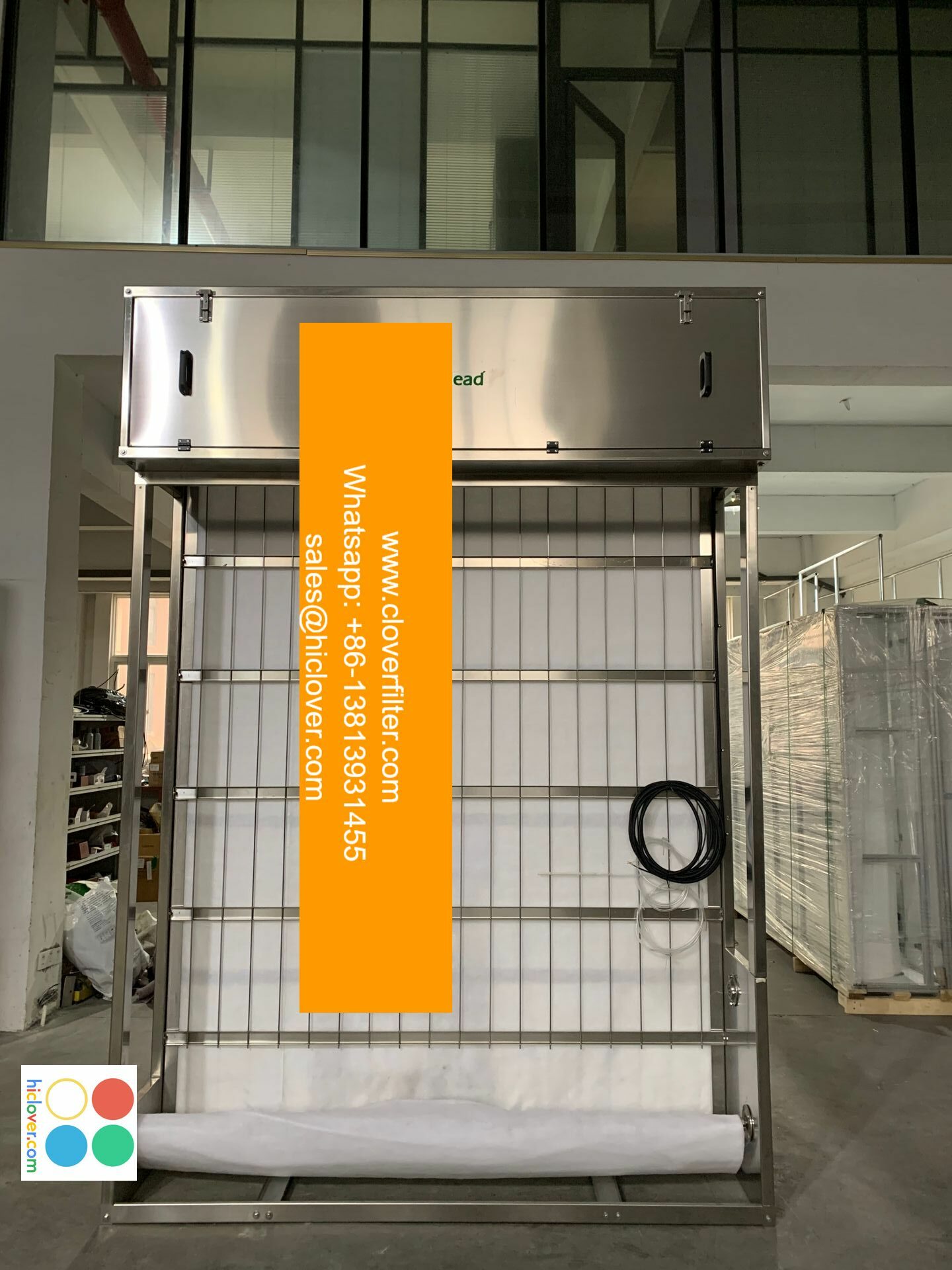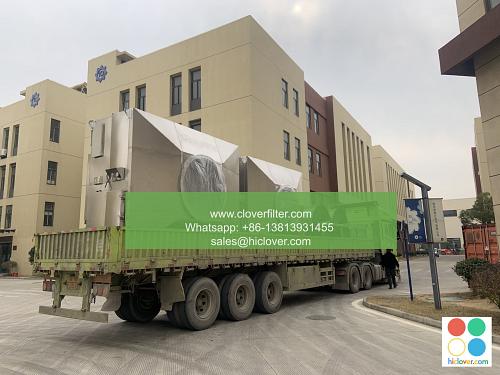A Comparison of Different Air Filter Component Materials

Air Filter Component Materials: A Comprehensive Comparison
Introduction
Air filters play a crucial role in various industries, including residential, commercial, and industrial settings, to remove impurities and contaminants from the air. The choice of air filter component material can significantly impact the filter’s performance, durability, and cost. In this article, we’ll delve into the different types of air filter component materials, their characteristics, and applications, helping you make an informed decision for your specific needs.
**Advantages & Disadvantages of Common Air Filter Materials
Glass Fiber (FG)
- Advantages:
- High air flow resistance
- Low pressure drop
- Easy to clean
- Disadvantages:
- Limited durability
- Can be prone to soiling
- Not suitable for high-velocity air flows
Applications:
- Residential air conditioning and heating systems
- Industrial ventilation systems for low- to moderate-velocity applications
Paper (Cellulose)
- Advantages:
- Inexpensive
- High dust holding capacity
- Easy to replace
- Disadvantages:
- Limited durability
- Can degrade over time
- Can be prone to mold growth
Applications:
- Residential air filters in household appliances
- Industrial air filters for low- to moderate-velocity applications
Synthetic (PET)
- Advantages:
- High durability
- Low pressure drop
- Good chemical resistance
- Disadvantages:
- Higher cost
- Can be brittle
- May not be suitable for high-temperature applications
Applications:
- Commercial and industrial air filters in HVAC systems
- High-temperature applications, such as chemical processing and power generation
Melt Blown (Fiberglass)
- Advantages:
- High air flow resistance
- Good chemical resistance
- Can be used in high-temperature applications
- Disadvantages:
- Higher cost
- Can be prone to soiling
- May not be suitable for low-velocity applications
Applications:
- Industrial air filters in high-temperature and high-velocity applications
- Power generation plants and chemical processing facilities
E-PTFE (Expanded Poly Tetrafluoroethylene)
- Advantages:
- High hydrophobic properties
- Low pressure drop
- Good chemical resistance
- Disadvantages:
- Higher cost
- Can be prone to physical damage
- May not be suitable for low-velocity applications
Applications:
- Industrial air filters in chemical processing and power generation
- High-purity applications, such as pharmaceutical and biotechnology
Conclusion
The choice of air filter component material depends on the specific requirements of your application, including air flow rates, operating temperatures, and corrosive environments. When selecting an air filter, consider the advantages and disadvantages of each material, as well as the applications they are best suited for. By understanding the characteristics of different air filter materials, you can ensure optimal performance, efficiency, and safety in your air filtration systems.
Hope this article helps you in understanding the different air filter component materials, their characteristics, and applications. Let me know if you have any questions or need further clarification!
I’m excited! What would you like to talk about? Do you have a specific topic in mind, or are you looking for me to suggest something?
Here are some ideas to get us started:
1. A hypothetical scenario: I can engage in a role-playing scenario with you, like “Would you rather…,” “Two truths and a lie,” or “What if…”
2. A creative project: We can brainstorm ideas for a story, poem, or art piece together.
3. A question: You have a question on your mind, and I can help you find an answer.
4. A chat about current events: We can discuss news, trends, or social issues.
5. A game: We can play a text-based game, like 20 Questions, Hangman, or Word Chain.
Let me know what’s on your mind, and I’ll do my best to help!


